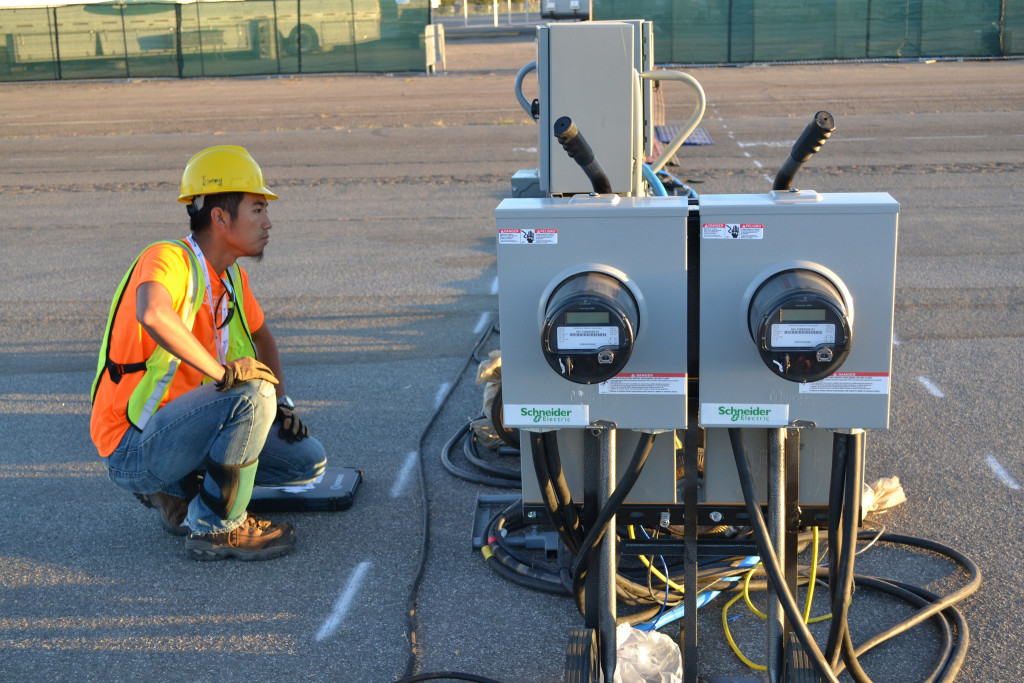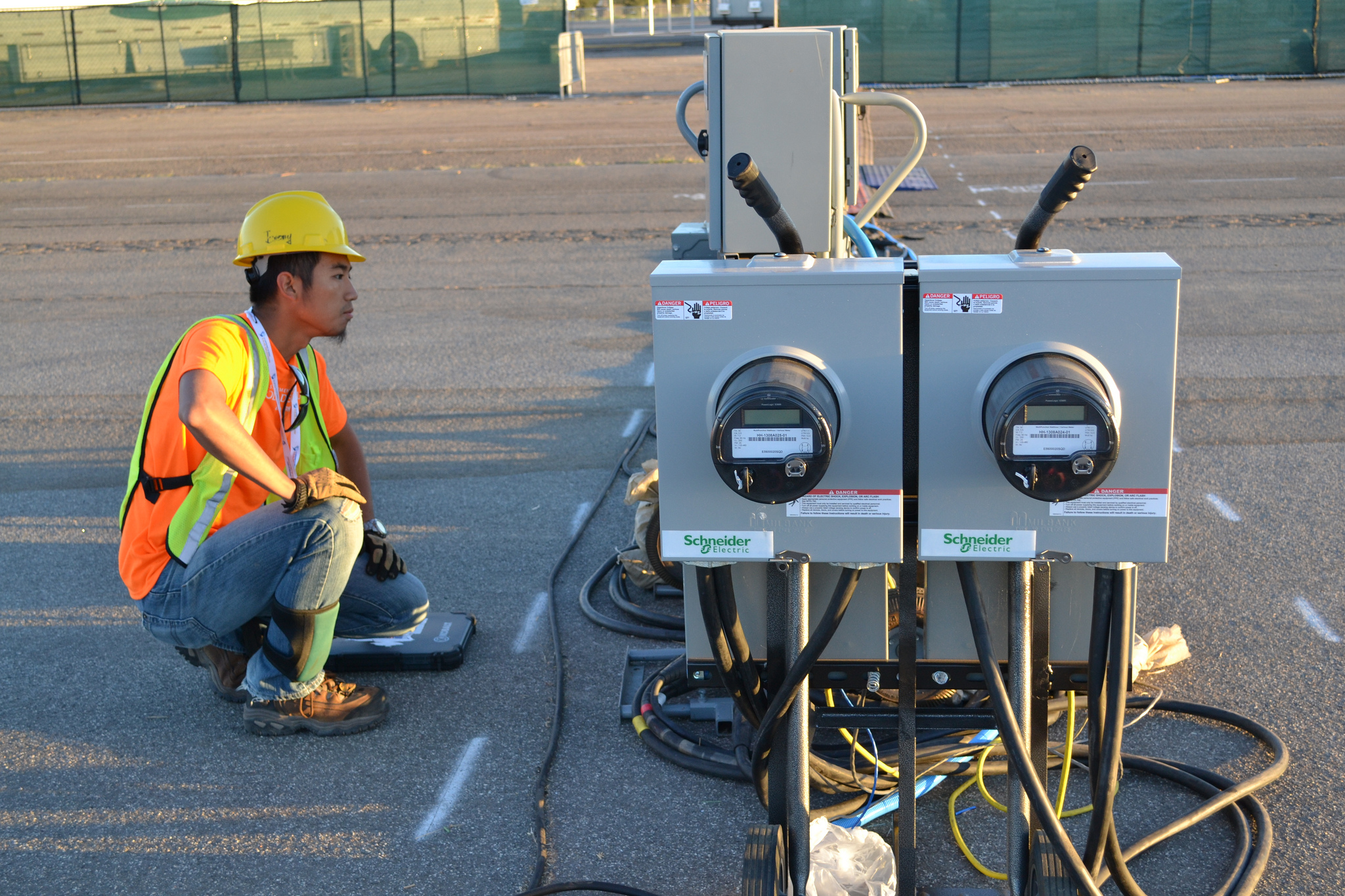
Power outages as a result of extreme weather, excess demand and accidents of various types are on the rise. For many customers, losing electricity is simply not an option. Hospitals, biotechnology research centers that have to maintain cold samples, fire and emergency service centers, and military bases are all examples of facilities that need uninterrupted power. But the conventional power grid simply cannot deliver always-on power.
Increasingly, the solution to this problem is the microgrid. A microgrid is a localized grouping of electricity generation, energy storage and electrical loads that is connected to the traditional centralized grid but that is capable of functioning autonomously. In case of the loss of grid power, the microgrid can disconnect itself from the macrogrid and supply power on its own.
With the dramatic increases in the use of solar power and with the continuing progress in energy storage technology, microgrids are becoming more practical and more popular. The users of a microgrid might be a single utility customer, a grouping of several sites, or even a set of dispersed sites that nevertheless operate in a coordinated fashion.
Modern microgrids are intelligent systems that can respond autonomously to changing situations. They are generally designed around specific system energy requirements of their users, provide high-quality and stable power, and are “good citizens” to the macrogrid, appearing as a single electrical entity on the grid. Some include waste-heat recovery and other functions.
As the smart grid becomes a reality and distributed power generation becomes more common, microgrids will play an increasing role in our electricity infrastructure.
**********
.
Web Links
Microgrids Create Energy-Resilient Communities
Photo, posted September 23, 2013, courtesy of Dept. of Energy Solar Decathlon via Flickr.
.
Earth Wise is a production of WAMC Northeast Public Radio.
